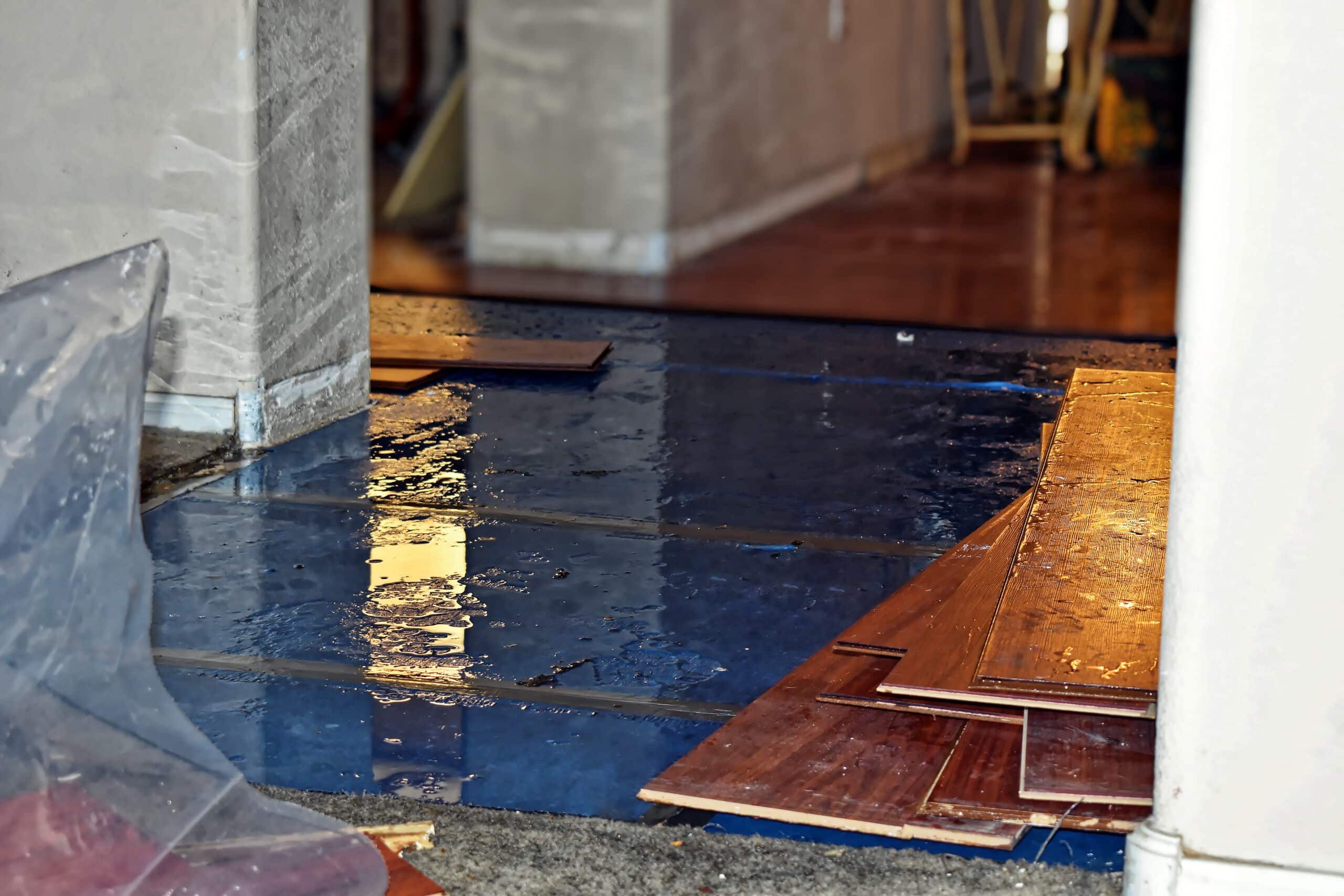Ask Jake: What Happens If You Delay Water Damage Restoration in NY and NJ?

Unpacking the risks and realities of delayed restoration
Walking into your home and facing water damage isn’t just a disappointment; it’s a call to action. If you spot water damage, act FAST. The longer you wait, the more water damage will occur!
What Exactly is Water Damage and How Do I Spot It?
It might start as a subtle stain on the ceiling or a puddle in the basement. It’s that musty odor you can’t seem to shake off or wallpaper that’s mysteriously peeling. Water damage can sneak up on you in ways you might not expect: from burst pipes, heavy rain, or even simple spill accidents. Spotting the signs early is crucial. It means you can act fast, save precious belongings, and prevent further havoc to your home.
A few clues:
- Discoloration & Stains. Dark or wet spots on walls, ceilings, and floors.
- Musty Odors. Persistent damp smells even after cleaning, indicating possible mold growth from prolonged water exposure.
- Warped or Buckling Structures. Floors, walls, or ceilings that feel spongy or are visibly changing shape due to moisture absorption.
- Mold Growth. Dark green, black, or white spotty patches on surfaces, especially in moist areas like bathrooms and basements.
- Sounds of Dripping or Flowing. Hearing unexplained sounds of water, especially during quiet times, could indicate leaks.
- Sudden Spike in Water Bills. An unusually high water bill might hint at a hidden leak within your home.
How quickly should I act after water damage?
The simple answer? As soon as you spot it. Within the first 24-48 hours, water can wreak havoc on your belongings and the structural integrity of your home. If you see serious flooding, prioritize safety first: unplug electronics and move valuables to a dry place. The sooner you act, the more you can salvage!
Why is immediate mold removal essential in NY?
New York’s natural humidity can amplify mold growth risks. Mold spores can sprout within 48 hours in damp conditions. And while they’re busy damaging your property, they’re also launching a silent attack on your health.
Exposure to mold can lead to:
- Allergic reactions like sneezing, runny or stuffy nose, itchy throat, coughing, and watery eyes
- For people with asthma or compromised immune systems, mold can aggravate or trigger respiratory problems.
- Skin Irritation, like rashes or itching, as a result of direct contact direct contact
- Persistent Headaches or migraines
- Fatigue & discomfort
If you notice any of these symptoms in yourself or your family members, you have reason to suspect that you aren’t just sick — you may have a New York mold problem.
The stages of water damage restoration
It’s all about getting your space back to its former glory:
- Emergency contact – let professionals know ASAP.
- Inspection and assessment – understanding the extent of damage.
- Water removal and drying – essential first steps in restoration.
- Cleaning and sanitizing – ensuring the space is safe and clean.
- Restoration – the final touches to make your space feel like home again.
How to prevent mold growth after flooding in New Jersey?
Much like NY, New Jersey also needs a game plan against mold:
- Swift water removal is key.
- Maintain good ventilation. Open windows and use fans to accelerate drying.
- Disinfect surfaces touched by floodwater.
- Remove items that can’t be fully dried.
- Consult professionals if you’re unsure about mold risks in your space.
Waiting for Water Damage Restoration Experts? What to Do Until Help Arrives
While it’s tempting to just wait idly, there are proactive steps you can take to limit the damage until the professionals arrive. First, safety is paramount. Ensure you’ve turned off electricity in affected areas. Next, stop the source of water if possible—this could mean shutting off your home’s main water supply. Move valuables, electronics, and documents to a dry spot. If you can, remove excess water with towels or mops, but don’t strain yourself. Prop up wet upholstery and cushions for better air circulation. And remember, while it’s good to be proactive, never risk your safety. When in doubt, wait for the experts. They’ll know exactly how to make things right.
Need guidance with restoration? At Blanc Restoration, we’re here to guide you every step of the way.
Call 718-925-2225 for service in NY and NJ.